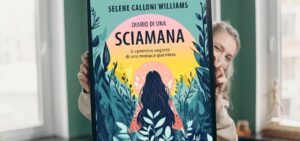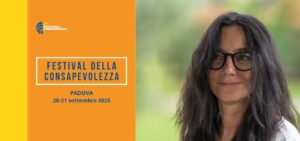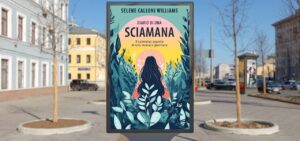Kintsugi is an ancient Japanese technique that involves repairing a broken object with gold powder. Instead of being discarded, the object is embellished, and the fractures caused by the fall are not hidden but highlighted.
The object gains a second life, and its beauty is even more accentuated than before. The repair process can be extremely long, ranging from a few weeks to several months, and laborious, depending on the size and number of cracks and fissures. Artisans are very precise, Silvia Turrin reminds us in her article for Elisir di Salute, attentive, and must know the characteristics of the object that needs their care.
Transforming Wounds
From a psychological and symbolic point of view, the art of Kintsugi teaches us to transform the wounds of the body and soul into a precious heritage of awareness and possibilities. Just as broken objects, a cup, a plate, a ceramic bowl, are embellished with gold powder, physical and/or psychological, emotional fractures can become strengths.
On this subject, the expert in depth psychology Selene Calloni Williams has written a bestselling book titled “Kintsugi. Repair the wounds of the soul and make every moment of your life precious.” Here’s how she explains the concept of Kintsugi: “Each of us has wounds in our soul. The fractures are neither negative nor positive. Symbolically and imaginatively, they can become a devastating power, of which you feel like a victim, or they can transform into great allies. To better understand, it is necessary to remember that Kintsugi derives from the Japanese aesthetic principle called ‘Wabi-Sabi,’ according to which there is beauty in simplicity and imperfection. From this perspective, a broken object is imperfect and beautiful. Symbolically, we can say that Kintsugi is a metaphor for resilience, and we can apply it to ourselves.”
Just as the repair process of a broken object takes time, so do our wounds, to be valued and transformed into the gold dust of awareness, need care and attention.
Instead of hiding them, which can be dangerous because they may become visible again, we accept our wounds. We cannot change past events. The art of Kintsugi teaches us not to fall into victimhood but to react, to live in the present.
How to Repair Traumas
Since each individual has their own life journey, there are no precise answers suitable for everyone to the question “How can I repair the traumas I have suffered?” However, there are some elements and concepts to start from, which everyone can consider. First of all, it is necessary to rethink “pain” as it is generally understood. As SCW says: “Any pain, physical or psychological, is not meant to make us suffer but to shake the soul from its torpor and to call us to an initiatory journey. Those who, precisely because of an illness, have changed their lifestyle, perhaps switching to healthier eating habits or even revolutionizing their entire existence, know this well. Those who, following the loss of a job, a failure, or a wrong marriage, have undertaken the great underground journey and have found within themselves the strength and resilience that have brought them back to life with a whole new freedom.”
What Pain Teaches Us
From this perspective, pain can teach us a lot about ourselves, our emotions, our psyche, and our life journey. To learn from pain, it is necessary to listen and listen to oneself, to stop, to be silent consciously. If the pain intensifies, according to the symbolic and imaginative vision, one is on the right path to transvaluing it. There is no need to complain, as complaining is a sign of weakness, helplessness, and incapacity to change. Reacting consciously to pain is an act of love and resilience. In addition, it is necessary to overcome the idea that “things are the way they are because they must be so.” Limiting beliefs, such as the idea that pain is evil and not a positive stimulus for change, reduce and hinder our choices. Indeed, there is a risk of activating self-sabotage mechanisms. If we do not nourish preconceptions and break common patterns, we have the freedom to decide which direction to take in our existential path, beyond the wounds of the past.
Finally, to repair wounds with the gold dust of awareness, it is necessary to love oneself and therefore include in one’s self dormant energies, abilities, and talents. If, due to the weight of past wounds, energies are dispersed, then we do not love ourselves because we do not live in the present, because we “judge” ourselves. Loving oneself means considering our scars as windows that let light into our deepest selves.




